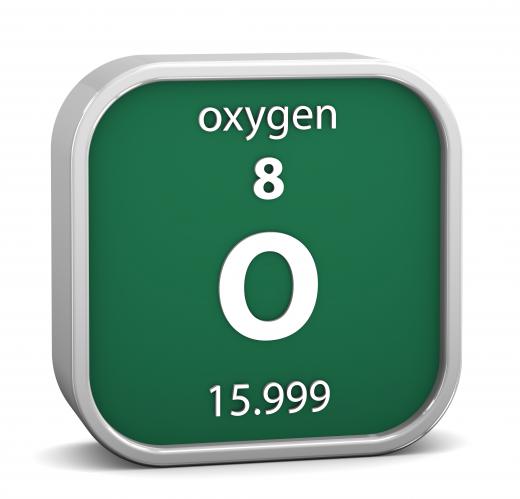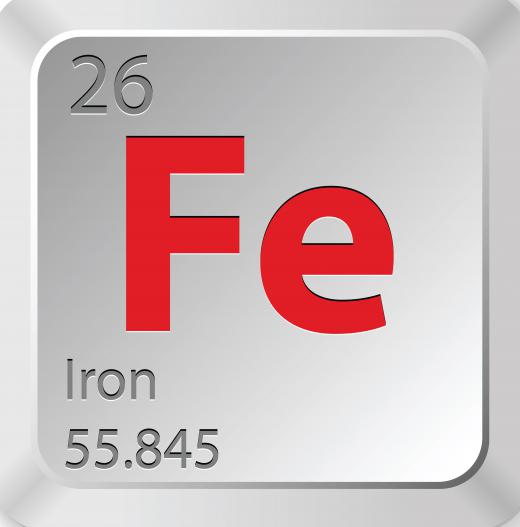What is the Periodic Table of the Elements?
 Mary Elizabeth
Mary Elizabeth
The periodic table of elements is an arrangement of all the known chemical elements in such as way as to reveal the periodic repetition of shared properties, which were discovered in 1869 by Dmitry Ivanovich Mendeleev, a Russian chemist.
Mendeleev was part of a group of international chemists working to establish the atomic weights of the sixty-four elements that were known at that time. The genius of Mendeleev’s arrangement of the research results was to not only show the sequence of atomic weights in the horizontal dimension, but to also reveal groupings of elements with similar chemical properties in vertical alignment. It is this arrangement that yields the name period table of elements.

As new elements have been discovered, the periodic table has grown to the point that in 2007 it included 118 elements. The most recent discovery at that time was that of Unonoctiumn — a temporary name which is Latin for its number — which was artificially produced in 2002 and 2005.
In the early twenty-first century, one can find three main versions of the periodic table. The three tabular designs are the Chemical Abstract Service (CAS) version, the old International Union of Pure and Applied Chemistry (IUPAC) version, and the new International Union of Pure and Applied Chemistry (IUPAC) version.
The old IUPAC version was mainly used in Europe and the CAS system was mainly used in the United States. One of the chief differences is in how they label the columns.
Overall, the charts attempt to work similarly. There is a basic division into metals and nonmetals. Horizontal rows are called periods, and Groups identify elements with similar properties. Some of the important groups include:

Group 1—alkali metals
Group 2—alkaline or alkali earth metals
Group 3—transition elements or metals, including the lanthanide series, which used to be called rare earth metals and the actinide series or radioactive earth metals
Group 17 nonmetals—halogens
Group 18—Noble or inert gases.
Other attempts to portray the table in other ways, including parallel planes and 3D models have not caught on. But a new version of the periodic table in spiral form by Jeff Moran dating from 2006 is available for download online.
AS FEATURED ON:
AS FEATURED ON:













Discuss this Article
Post your comments